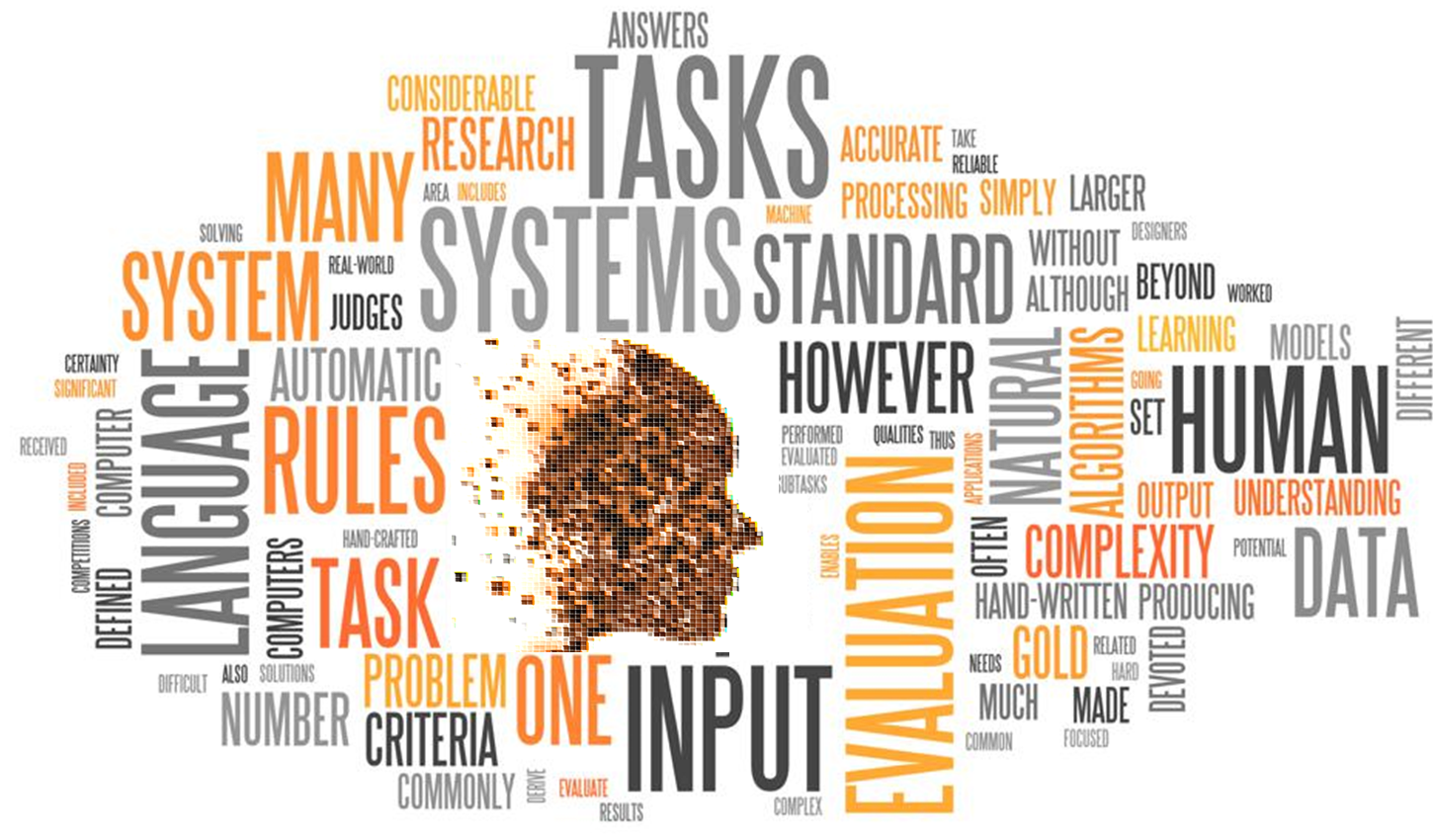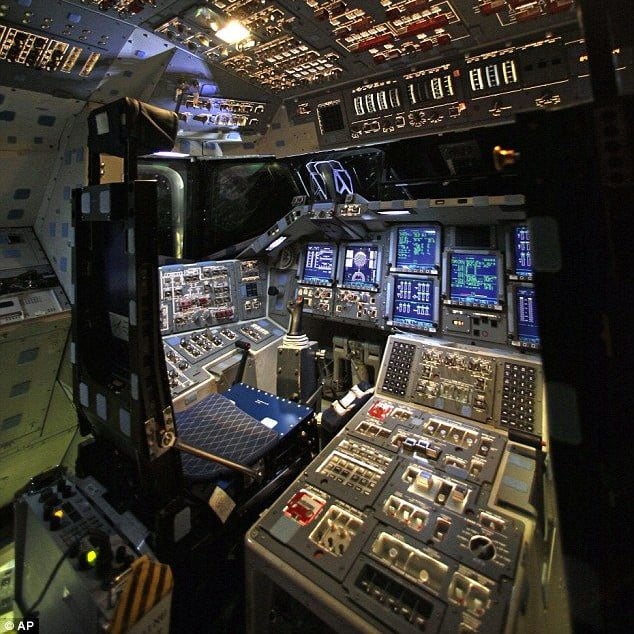The Machine Intelligence Lab conducts world class research to harness the transition from a process-defined world to a data-driven one by creating and developing future AI technologies and techniques that will have transformational effects across the economy and society. We contribute to the methodology and technology of diverse areas, such as computer vision, logistics, agriculture, environmental and resource management, health, defence and IoT.











